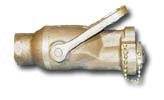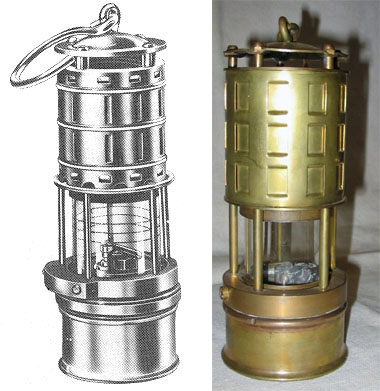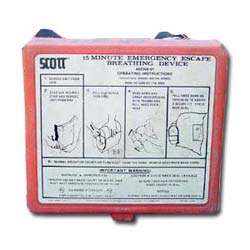| In early 1981, a new emergency air breathing device
was developed by Scott. The emergency escape breathing
device (EEBD) was approved in 1982 by the Navy. It was
added to the curriculum in service schools, SWOS, and
training centers. A phased replacement of the SSD
started in 1983 and was completed by 1986. It is now
part of the allowance for all surface ships. The EEBD is
a self-contained, flame-resistant, hooded device used
for escape from compartments contaminated by smoke,
fluorocarbon refrigerants or other atmospheric toxic
gases. It provides 15 minutes of oxygen with positive
pressure and has a clear window for viewing. The EEBD
can be used to provide oxygen to personnel trapped
awaiting rescue in contaminated atmospheres. Unlike the
survival support device (SSD), the EEBD requires no
compressors to refill bottles or any separate recharging
equipment. Each ship is provided 150% of the complement
embarked and assigned staff and 100% of other embarked
personnel. EEBDs are attached to assigned berths and
provided at assigned work stations and designated
general quarters’ stations. It is mandatory for all
surface ships and the host ships of embarked troops,
embarked staff, air wing, and TAD personnel to train all
personnel in EEBD use, including donning procedures,
operation, capabilities and safety precautions.
Emergency egress training -- from work centers, GQ
stations and berthing spaces -- is also conducted. This
is done in darkened compartments, or personnel can be
blindfolded for egress familiarization. |




